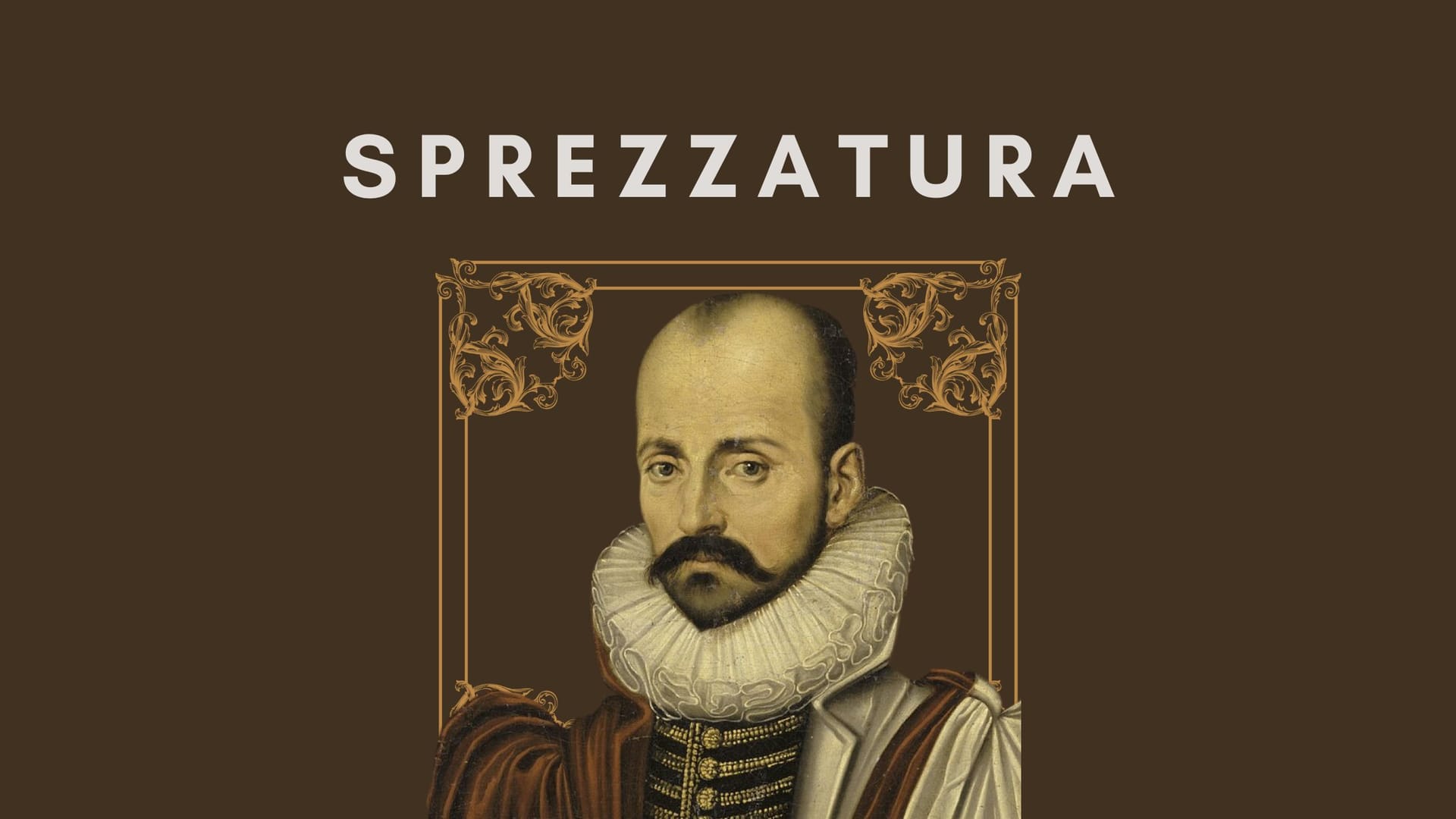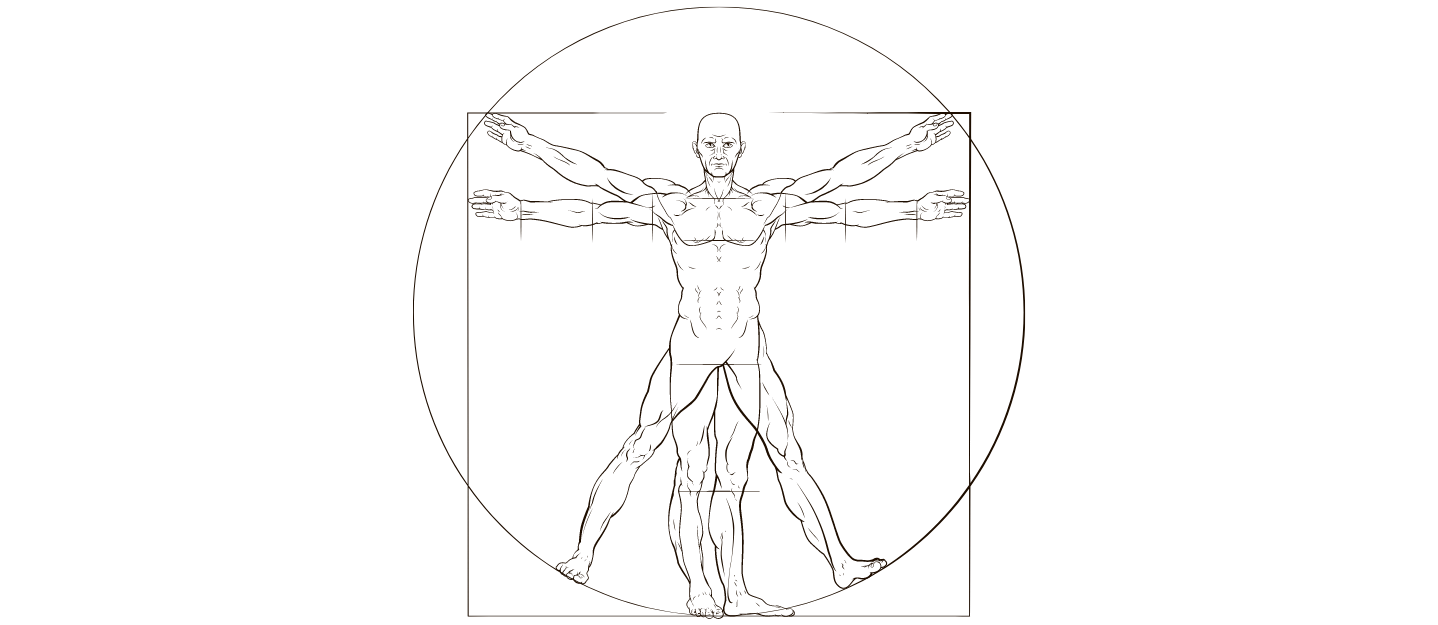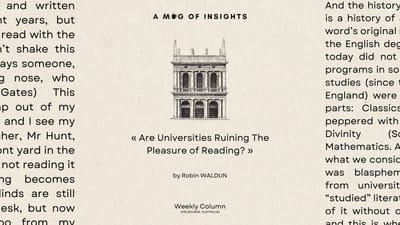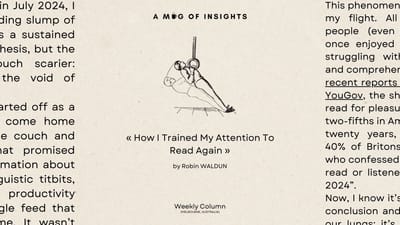Sprezzatura: How To Be Confident Without Trying Too Hard

We’re all familiar with the uncanny valley hypothesis. In short, the hypothesis suggests that the closer a robot gets to human perfection, the more they freak us out. However, this uneasy feeling doesn’t just apply to robots. It also applies to people that are trying just a little too hard. We’ve all met people who are so caught up in how they present themselves that they become caricatures. And instead of making us uneasy, these people annoy us because we crave connections with real people instead of cardboard cut-outs of archetypes.
The opposite is also true. Naturally confident and charismatic people tend to share these traits: relaxed, steadfast and easy-going. They disarm us because there’s a natural warmth to a person comfortable in their skin, and parts of us secretly crave to embody the same nonchalance or sprezzatura.
The Vitruvian Man Syndrome
One thing that unites all human beings of all ages is the desire to be someone else.
In 2015, YouTuber Casey Neistat started his experiment on YouTube, where he committed to making a vlog daily. A wave of imitators was taken by everything from Neistat’s violent unboxing routines to his spray-painted sunglasses, and what followed was a series of derivative vlogs from people who didn’t just love Casey Neistat’s work but wanted to be Casey Neistat.
Rewinding the clock to the autumn of 1945, French philosopher Jean-Paul Sartre delivered the lecture: Existentialism is a Humanism and caused quite a sensation in the French Press. One headline exclaimed:
‘Too many attend Sartre Lecture. Heat, fainting, police’.
Later that autumn, a new kind of Parisian emerged from the slumbers of Post-War France. These candid turtleneck-wearing young people gathered at cafés to take up chain-smoking and scribbling as a sport. Sartre’s Being and Nothingness symbolised the generation, and people didn’t just want to read Sartre but wanted to be an existentialist.
Even the Humanists during the Renaissance fell under this desire. Around the 14th Century, people viewed the works of Cicero as gospel and founded an entire tradition of Studia Humanitatis on the glorious Roman spirit. Some scholars even went as far as to claim that Cicero should be the only guide to Latin style and claimed that ‘if it wasn’t in Cicero, it wasn’t Latin’. One time, the Humanist scholar Petrarch made fun of Cicero’s work in front of a friend who was a fervent fan. In great inner pain, the friend begged: ‘Gently, please. Gently with my Cicero’ because he viewed Cicero as a god. For the early Humanists, it wasn’t enough just to read Cicero. They had to aspire to be Cicero by embodying everything the guy preached.

I want to name this strange phenomenon: The Vitruvian Man Syndrome. The figure of The Vitruvian Man is well known. It represented the perfect human proportions based on Roman Architect: Vitruvius’ prescriptions, whose treatise De Architectura was rediscovered during the Renaissance (Isaacson 149). For Vitruvius, his figure formed an ideal of the human form that is in harmony with the universe, and Humanists aspired to be and praised anyone with those immaculate proportions.
In today’s world, however, ideals we’ve harvested from social media, films and popular fiction have replaced a singular Vitruvian ideal, and we’re left with an array of different archetypes we could be. One Instagram profile carries romantic next to its handle, while another exclaims entrepreneur. But this labelling is still a symptom of an obsessive self-definition that excludes so many subtle layers that makes us unique. We’re all too busy aspiring toward our Vitruvian Ideals without asking ourselves: is this authentic to me?
Historical Digression: Montaigne’s Essays
Subscribe to continue reading



